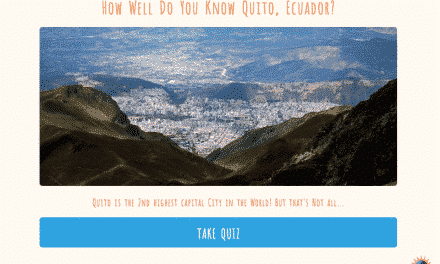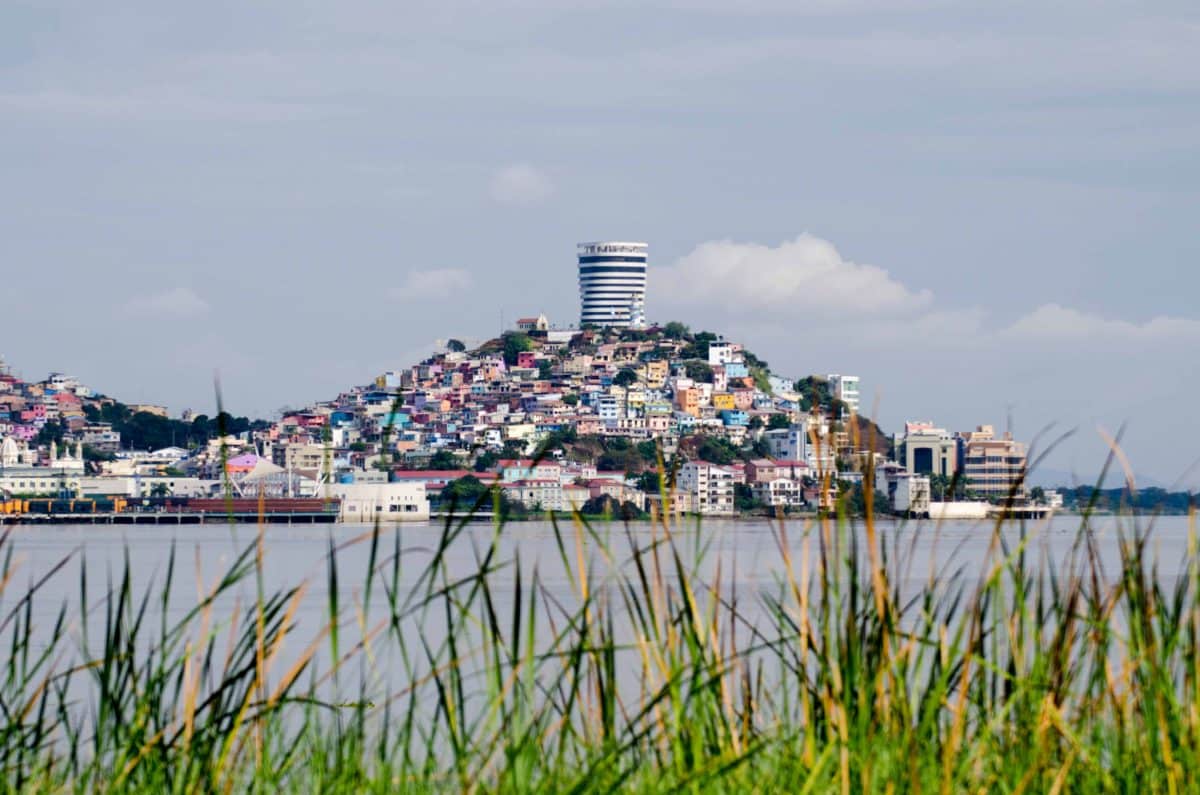As responsible travelers evolve, so do the stories we share.
This article is part of our living archive — trusted content we continue to care for.
First published on May 3, 2016 • Last updated on June 21, 2017.
It wouldn’t be wrong to expect a history park in Guayaquil to be all about the history of the region. Parque Histórico is home to many old properties typical of the port city the turn of the 19th century. But Parque Histórico has another side to it, one a little more inviting to families with young children, a zoo.
The History
The historic buildings found at Parque Histórico were built after the devastating fire of 1896 had destroyed much of the city. The Republic-style structures were a testament to both a time and a place of rebirth for the city of Guayaquil.
Back in the 1980s, the city of Guayaquil was undergoing a wave of modernization and many historical buildings were being destroyed. Thanks to some local citizens, some of the more important historic buildings were carefully dismantled and brought to the park for reconstruction. Parque Histórico was born.
The day we visited, many of the buildings were closed and undergoing renovation. But it was still easy to imagine women in long, swaying skirts and men in crisp linen suits strolling the shaded walkways.
We toured the home of Julian Coronel, built in the Republic Style in 1899. The lower level with its wide covered walkway is still a common building style in Guayaquil. The street level rooms were meant for commercial business and the wide doorways allowed breezes to pass through. The upper level with its tall windows protected by carved wooden shutters were living spaces. Today, the rooms are wide open with a grand piano in one corner and a few sitting areas in others. The open windows improved the chance of catching a stray breeze from the nearby Rio Guayas.
Another historic building moved to the park was a former hospital built in the year 1892. Called the Hospicio del Corazón de Jesus, it will find a new use in modern times. The building is being re-purposed into a boutique hotel which will be run by the Oro Verde chain. The new Hotel del Parque will have 42 rooms and 2 suites. Fortunately, the hotel will retain the beautifully simple chapel in its original state.
The Wildlife
But even with the historic buildings to visit, the name Parque Histórico is a tad deceiving. The larger part of the park, and the one we found most appealing, is more like a small zoo. Animals that are difficult to see in the wilds of Ecuador, like monkeys and tapir, are on display in open pens. The animals appear to be healthy and well-cared for. And the openness of the majority of the space is welcoming to human guests as well. Taking photos of the animals without dealing with a fence was a pleasure. Please respect the animals and their space so that the zoo does not feel it needs to change the design.
Although the day we walked the grounds was a hot one, the trails through the zoo were well-shaded for the most part. Flowering plants bloomed in the protected spaces. Bromeliads and orchids held prominent places along the trail. And the variety of plant life reflected the variety around Guayaquil, including a grove of mangroves with accompanying crabs in the mud.
My favorite part of the entire park were the birds (of course!). Several different parrots and macaws held court along the walkway. All were very interested in the human visitors, often giving us strange looks as we walked by. They seemed to love the camera and would preen and pose for the lens.
Although the day we walked the grounds was a hot one, the trails through the zoo were well-shaded for the most part. Flowering plants bloomed in the protected spaces. Bromeliads and orchids held prominent places along the trail. And the variety of plant life reflected the variety around Guayaquil, including a grove of mangroves with accompanying crabs in the mud.
The Park
The remainder of the park is wide, shaded walkways with lots of places to rest and relax. Children can explore the small farm with goats, rabbits, and ducks. Or they can play in a few places dedicated for exploration. There is not a large playground but there are some places just for playing.
Parque Histórico, Guayaquil
Information For Your Trip
Park entrance is free; the park is open Wednesday through Sunday from 9 am until 4:30 pm; signs are in English and Spanish; carry your own bottled water as the cafe will only be open on the weekends.
- Direction by Car, use WAZE and Parque Histórico Guayaqil, Avenida Rio Esmeraldas, Guayaquil
- Direction by Public Transportation A list of routes and times can be found on the Guayaquil Metrovia Website.









































Wondering what year the church on the grounds on Parque Historic Guayaquil was built?
In 1892… it was a part of the original hospital.